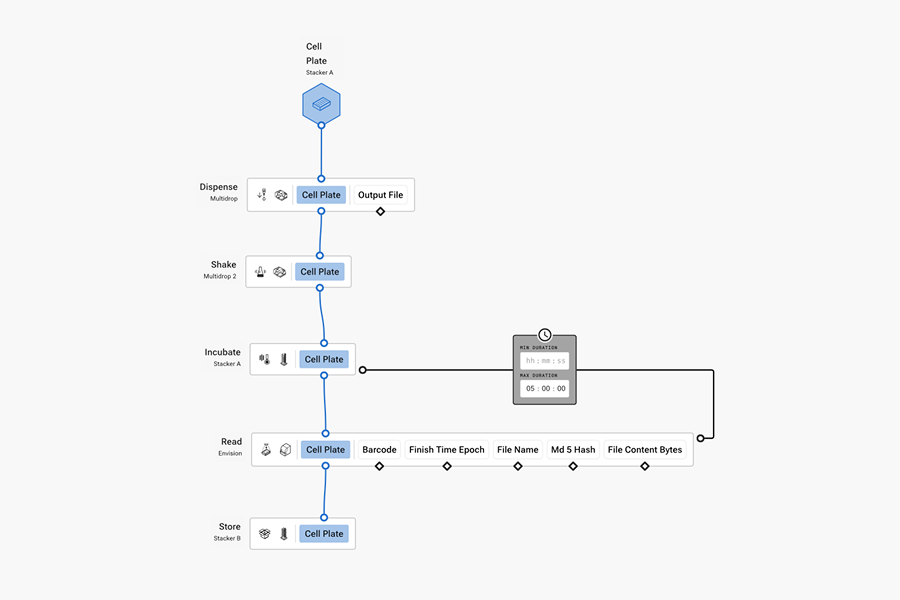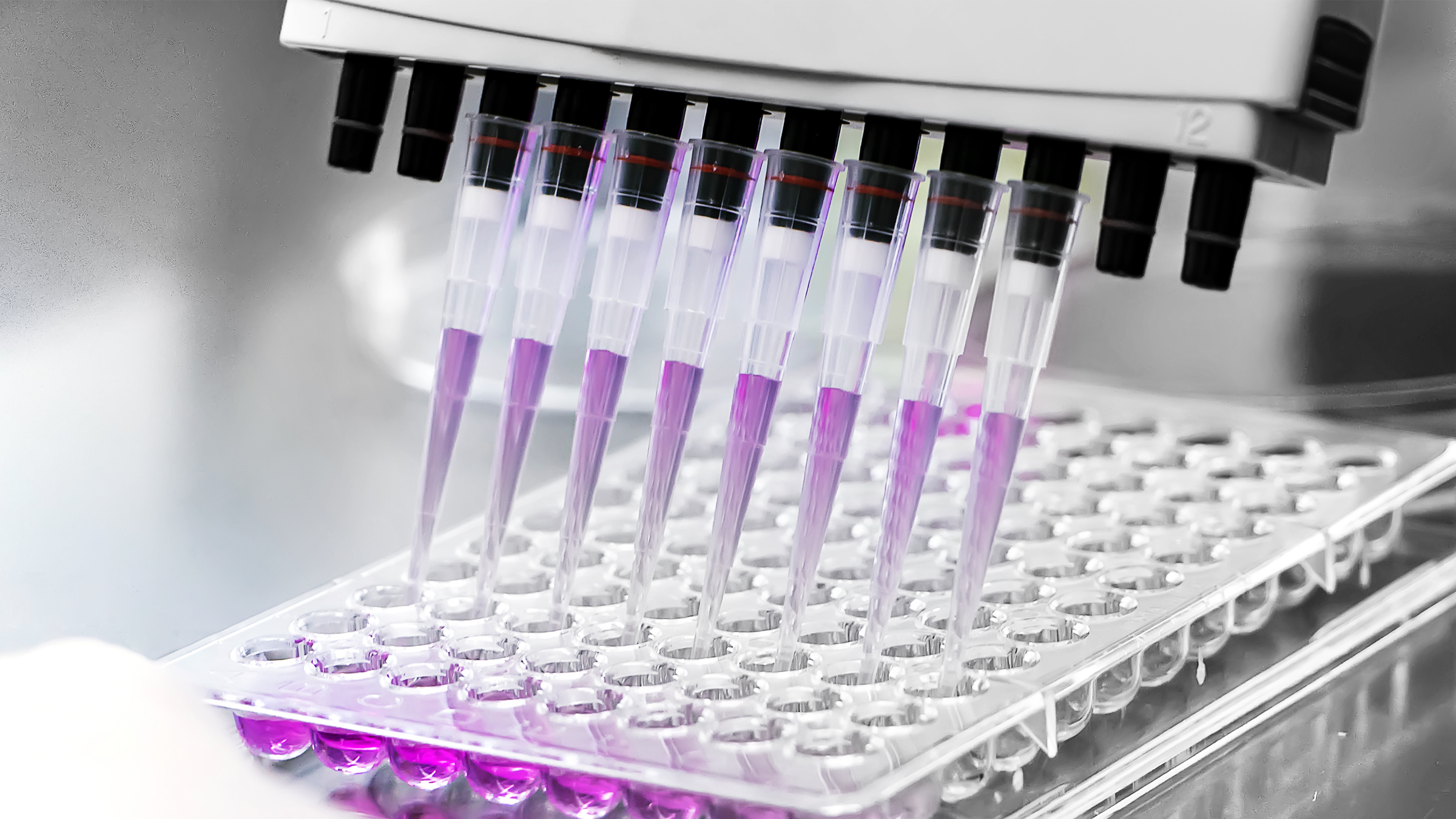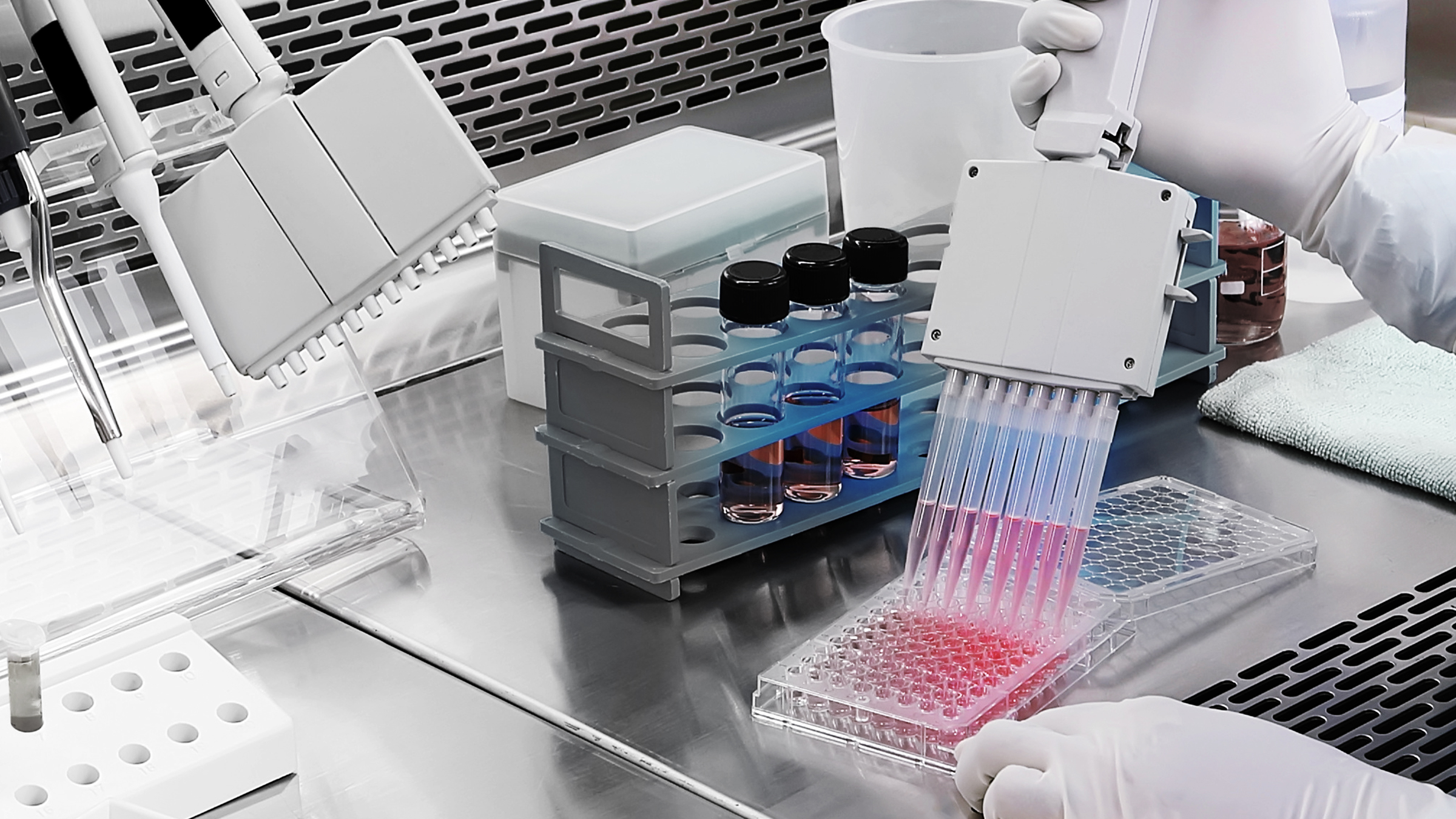Fully Automated Cell Biology Workflows
Improve Traceability and Reduce Hands-On Time in Cell Biology or Replace Manual Cell Maintenance with Reliable, Automated Culture Systems
Revolutionizing Cell Biology Automation. As mammalian tissue culture usage surges, many labs still rely on manual processes for cell maintenance—tasks that are repetitive, time-consuming, and prone to error. This manual approach limits scalability and compromises workflow traceability. Automata's LINQ platform offers a transformative solution. By integrating modular hardware with intuitive software, LINQ enables full walkaway automation, significantly reducing manual touchpoints and increasing throughput. With LINQ, labs can eliminate after-hours work, minimize contamination risks, and achieve consistent, high-quality results. It's not just automation—it's a smarter, scalable approach to cell biology.
The benefits of automated solutions for Cell Biology
6,048 cm2
Surface growth area of cells seeded within a working day. Fully automated daily workflow, requiring less than 1 hour single staff hands-on time.
576
Vials of cells cryopreserved in less than 8 hours. Load fully confluent adherent cells and collect, viability checked, fully counted and reformatted cells cryopreserved at -80oC.
12
6-well plates containing suspension cells processed for feeding in just over 4 hours, completely hands-free. Automate routine suspension cell feeding, including centrifugation steps, and free up your time.
Trusted by our partners












Develop your Cell Biology workflow the way you want it

LINQ Canvas
Automate cell biology workflows and factor in critical time constrains. Use our intuitive user interface to build automated processes and account for critical cell biology protocol timings.

LINQ SDK and API
Build critical cell counting workflows and feedback information via ELN/LIMS to impact future process actions. Reformat cells and enable uniform cell content across multiple vials using our contextualised data handling capabilities.
Book a meeting
Scale accurate data generation in your lab with intuitive workflow creation and data management.
Talk with our Automation experts for a personalised walkthrough of LINQ.




